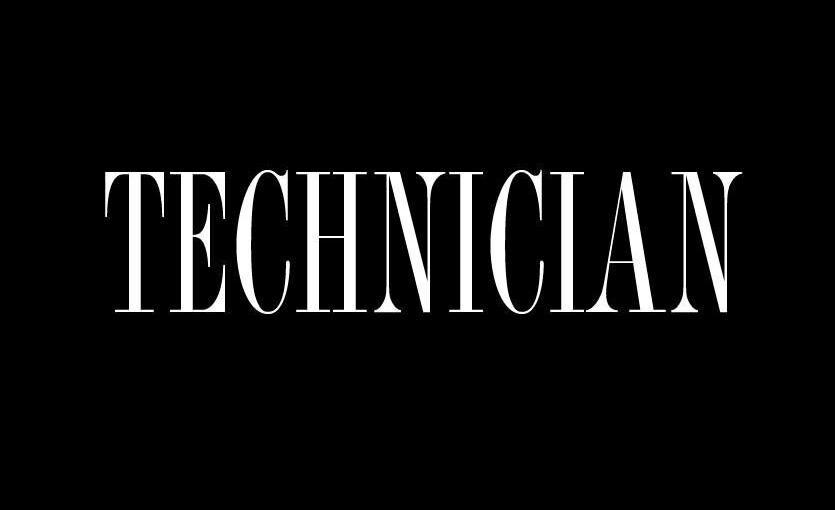The unplanned mass migration of traditional college courses online has caused mass chaos. Several studies have shown that roughly 20% of students in any university have trouble with basic technology needs. Residential learning programs provide much more than just coursework; they provide countless friendships, invaluable experiences and professional network ties. Online learning dilutes much of this value.
However, it is impractical and unwise to dismiss online education as completely ineffective. It is not a third rate substitute to traditional instruction. It takes practice to learn and teach at a distance, and instructors with little knowledge in technology are grappling with their new reality. Tools for communicating at a distance have improved significantly over the years. Online courses are a lot more cost-effective and need to be explored for future emergencies. For example, an online undergraduate engineering degree will cost a base rate of $2,600 for NC residents.
Veteran online instructors have some pointers for better course design: Use both synchronous and asynchronous activities, as the maximum academic success is from blended courses; create a supportive course community; and use a variety of group work experiences with collaborative technologies.
As students from a traditional classroom, the new online courses seem extremely optional when they are not. EdX gives its online learners the tips to effectively manage our time and minimize distractions. First, understand the revised learning objectives, build a dedicated study space at home, build a study plan and communicate as much as possible with peers and instructors. The pandemic and quarantine will pass; developing good online course habits can be a timeless and essential resource for both instructors and students, even for the future.
Mass Open Online courses (MOOCs) like Coursera, Udemy and edX have consistently invested in making online education more engaging for the past two decades. Coursera has also offered free courseware until the end of the spring semester. The design of these courses are well researched to reach a wider audience and can be duplicated for our classes now. The more distinguished professors with consistent success rates in the courses that they teach can upload asynchronous videos to reach a large scale audience and help the largest number of students, especially in the harder 300-400-level courses the university has to offer.
We have some powerful examples here at NC State, such as a very successful and internationally recognized online university program for statistics, specifically designed for working adults seeking an important, data-driven degree. Two-time NC State alum Giana Malak, with one online degree and one traditional degree from the same school, said online classes provide a more conducive learning environment. Former NC State quarterback, Ryan Finley, credits the flexibility of the online format for allowing him to focus on both his educational goals as well as football. This is highly subjective for every student, but the current situation warrants no other option. The biggest takeaways from both their experiences are to prioritize organization and communication to ensure success in an online environment.
Additionally, international students, academically-marginalised students and students from low income families have been hit the worst by the pandemic and this transition to online courses. Resources to help them get back on their feet and return to college in the fall semester are of utmost importance. This is a large percentage of our student population; maybe it is time to start investing more on future online courses to foster higher graduation rates and more convenient options.








